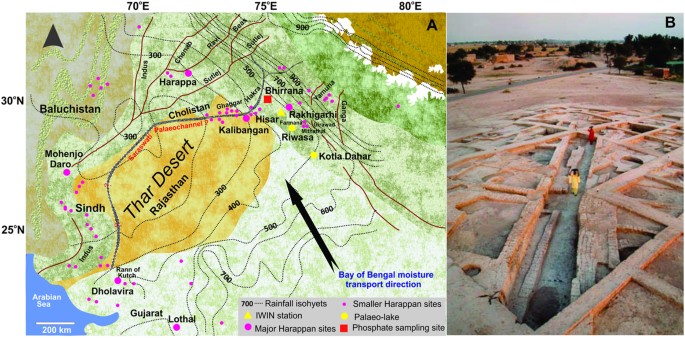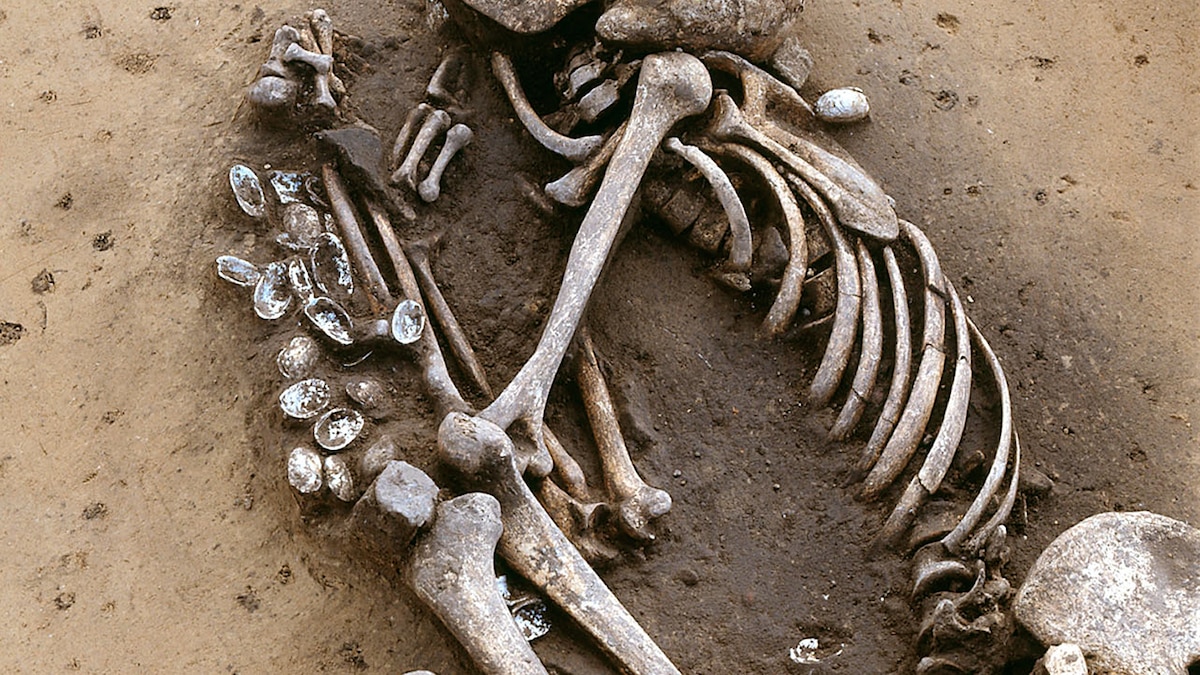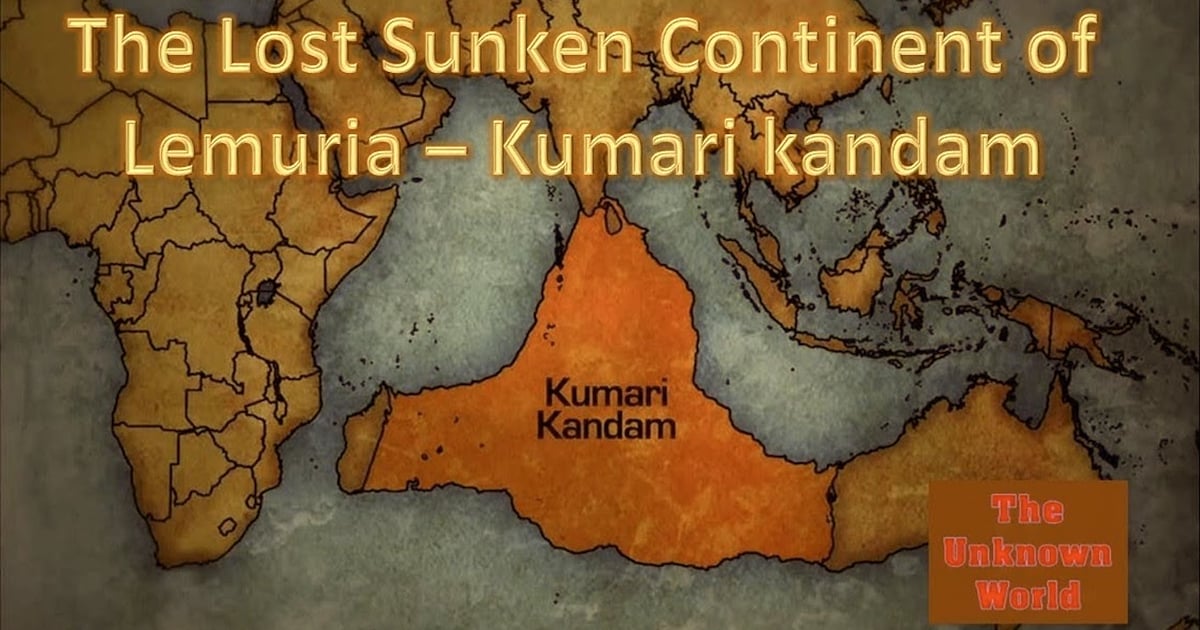One of the other colonial era history-writing projects is that the "Dravidians" came from pic related region,
They were called the Elamites back then, the Elamites lived in an around the region of Pars in modern day Iran.
View attachment 65063
Later this theory was very conveniently discarded, and "Dravidians" were re-cast as the "natives" of India, of course for the domestic benefits that parties like DMK reap even today.
Who knows in the future the "Dravidians" may be "discovered" to be related to sub-saharan Africans also by eminent gora anthropologists/geneticists/propagandists/whatever.

An important prerequisite to understand the Dravidian discourse since its earliest days is to understand the history and mythology of the ancient Tamil country.

www.dharmadispatch.in
The Dravidian Lemuria Fantasy as History and the Invention of Kumarikandam as Geography
How the Dravidianists invented a non-existent Kumarikandam and politicised both history and geography for political purposes
An important prerequisite to understand the Dravidian discourse since its earliest days is to understand the history and mythology of the ancient Tamil country.
According to this imaginary history and mythology, in ancient times (no Dravidian ideologue, intellectual or historian has provided even an approximate timeframe. It ranges anywhere between 15000 years to 6000 years in the past), the eastern, western and southern parts of today’s Kanyakumari were supposedly attached to an extensive and vast tract of land known as Lemuria or Kumari Nadu or Kumarikandam. Now, this vast swathe of land was subsequently submerged in the sea. Thus, according to this mythology, the Tamils who survived this catastrophe migrated northwards. However, they didn't stop at that. After a brief period, these migratory Tamils migrated further northwards and occupied all of India and also made the region of today’s Pakistan and Afghanistan as their home. The language they spoke in those days has today transformed into what is known as Brahui.
These Dravidian champions also claim that because the Aryans invaded India from outside, the ancient Tamils were exterminated from these northern parts of India. Further, because the invasion was unsuccessful in south of the Vindhyas, the Tamils lived in peace and prosperity in these regions.
Unswerving Faith in Mythology as History
Quite naturally, the Dravidianists repose enormous and unshakeable faith in this mythology because they...err...invented it. Some ultra proud Dravidianists even today continue to propagate the Kumarikandam or the Lemuria fantasy. The interested reader is urged to search YouTube for the keyword, “Kumari Kandam.” The results are interesting to say the least.
Because the first person to propound this theory was a fiery Dravidianist himself, it acquired additional resplendence.
Nakkeerar who wrote a commentary on the
Ahapporul or
Kalaviyal, a compendium containing sixty aphorisms, has described in detail the upheavals faced by the ancient Tamil country. The
Ahapporul is said to be authored by Lord Shiva (Iraiyanaar) himself. However, A.V. Subrahmanya Iyer in
The Story of Tamil Research [1959] argues that the commentary was not written by Nakkeerar but by an unknown author.
In any case, there is no unanimity regarding this commentator’s dating. Traditional Tamil scholars assign his date to the 8th Century CE while the scholars of the 1940s-70s armed with graduate and postgraduate degrees place him in the 13th Century CE. But because this sort of internal quarrel harms the larger (politico-ideological) cause of the Dravidianists, a sort of compromise was reached between these two warring groups: they placed the date of this commentary somewhere in the 10th and 11th Century CE.
But are there any historical proofs that show that the aforementioned extensive swathe of land was actually submerged in the sea?
The average Dravidian ideologue or academician typically does not anticipate such a question. And in case he has the patience and wherewithal to actually answer it, the stock reply will be along these lines: “Why do you even doubt that this event happened? Our
Kalittogai and
Silappadikkaram clearly mention that the land of the Pandyas was submerged in the sea. You see, the Bible itself contains instances of the Great Flood! So the Bible is one of the biggest pieces of evidence to prove this!”
However, not all Dravidian academics or champions have this kind of patience. Among the other stock answers, this is quite common: “Why do you ask these mischievous questions? Focus on your area of expertise. You are not a pure Tamil. Don’t meddle in topics unrelated to you!”
However, real historical research and evidence reveals the fact that there’s no clear answer as to when or whether the landmass named Lemuria existed and when it was submerged. It definitely existed in the fertile imagination of these Dravidianists and it was submerged at an unknown time. According to other Dravidianist scholars (for example, K.K. Pillai,
A Social History of the Tamils, University of Madras, 1969), it existed 15000 years ago. However, there is no answer to the question of how this dating was arrived at.
Dravidianist Method of Argumentation
Let's briefly examine the Dravidianist method of argumentation. For example, let's ask this question:
“Let’s agree that Lemuria existed, and it existed 15000 years ago. But how can you be sure that all those who lived there were Tamils and only Tamils?”
“Your question is stupid!” is the stock answer from the typical traditional Dravidian scholar.
https://www.dharmadispatch.in/culture/the-cult-of-dravidianism-is-dead-a-christian-preface-that-awaits-an-epitaph
Dr. BGL Swamy in his brilliant,
Tamilu Talegala Naduve cites a conversation he had with a college-educated Dravidian champion who supplied an even more nuanced answer: “Sir, it’s ironic that those who have studied science still ask such a question! For example, botanists and anthropologists teach lessons on prehistoric people and mention Pithecanthropus and Australopithecus. Likewise, why can’t there exist a classification named Lemuriopithecus denoting the inhabitants of Lemuria?”
Then, their spirit of adventure
will paralyse the best of us, says Dr. Swamy: “How can one claim that Lemuria never existed? Because no literature, inscription or remnant that proves its existence has not been found today doesn’t mean it never existed! It definitely existed but perhaps it didn’t attract anybody’s notice. Therefore, no mention of it is available today. Isn’t this the right conclusion to make?”
This sort of argumentation might be valid when one argues for the sake of argument. But there’s something known as wisdom and discrimination.
Presenting a Lemurian Monkey
One of the scholars who was appointed to write a chapter in the government-sponsored initiative to bring out a ten-volume “official” history of Tamil Nadu (
Tamizh Nadu Varalaru) posed the Lemuria question in a different way to Dr. Swamy:
“Sir, is there a relationship between Lemuria and the Lemuroidea thing that is taught in textbooks?”
“I have a few books which contain the answers to your question. I’ll lend them to you.”
Dr. Swamy recounts how this Dravidian academic was stumped by this question and refused to take the aforementioned books offered to him. Dr. Swamy says, "he hadn’t learnt English in the manner it should be learnt. Neither had he studied Biology and Anthropology. He said, “It’s ok sir, you can tell me the answer yourself.”"
Dr. Swamy: “In which case, I’ll have to tell you the answers from the same books. And when I do that, you won’t believe me.”
“It’s ok sir. I’m willing to listen.”
Dr. Swamy replied: ‘“These books don’t have the answer to your question whether a landmass named Lemuria existed or no. But it is true that there is an animal species classified as Lemuroidea. They belong to a category of monkeys primarily found in Africa…”
The academic walked out even before Dr. Swamy could complete his sentence. But he didn’t stop at that. He raised a huge ruckus proclaiming that “this Doctor Chaami [Dr. Swamy] is evil. He claims that Tamils descended from apes.” This clamour reached the "ears of the Dravidian scholars in my college as well,’ says Dr. Swamy.
There's more: ‘In such circumstances the Dravidianists act as if a spear has pierced them. They whip up a frenzy, organise protest meets and condemnation seminars. About eight to ten Dravidian scholars organised a meeting and condemned “Doctor Chaami” with the choicest of obscenities in chaste Tamil. Then they sent a copy of their “decision note” that described how they were hurt by “Doctor Chaami’s” words.’”
What surprised Dr Swamy was not the note itself but the bundle of sheets attached to it. Every sheet was filled with nothing but signatures, and the total exceeded one thousand. Dr Swamy was left wondering how they managed to get hold of so many people to sign it.
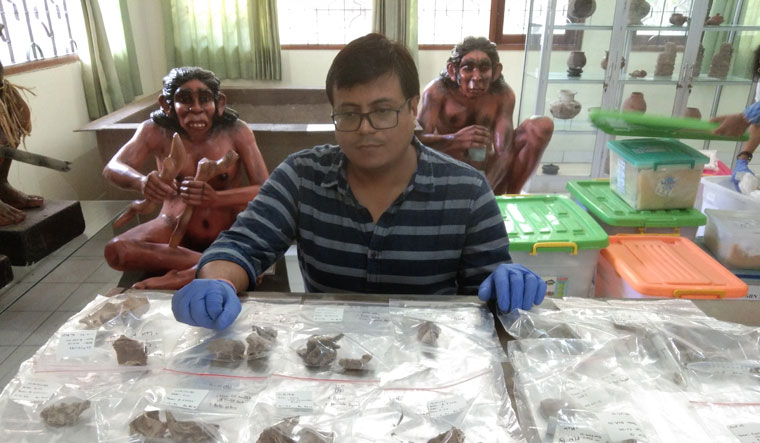




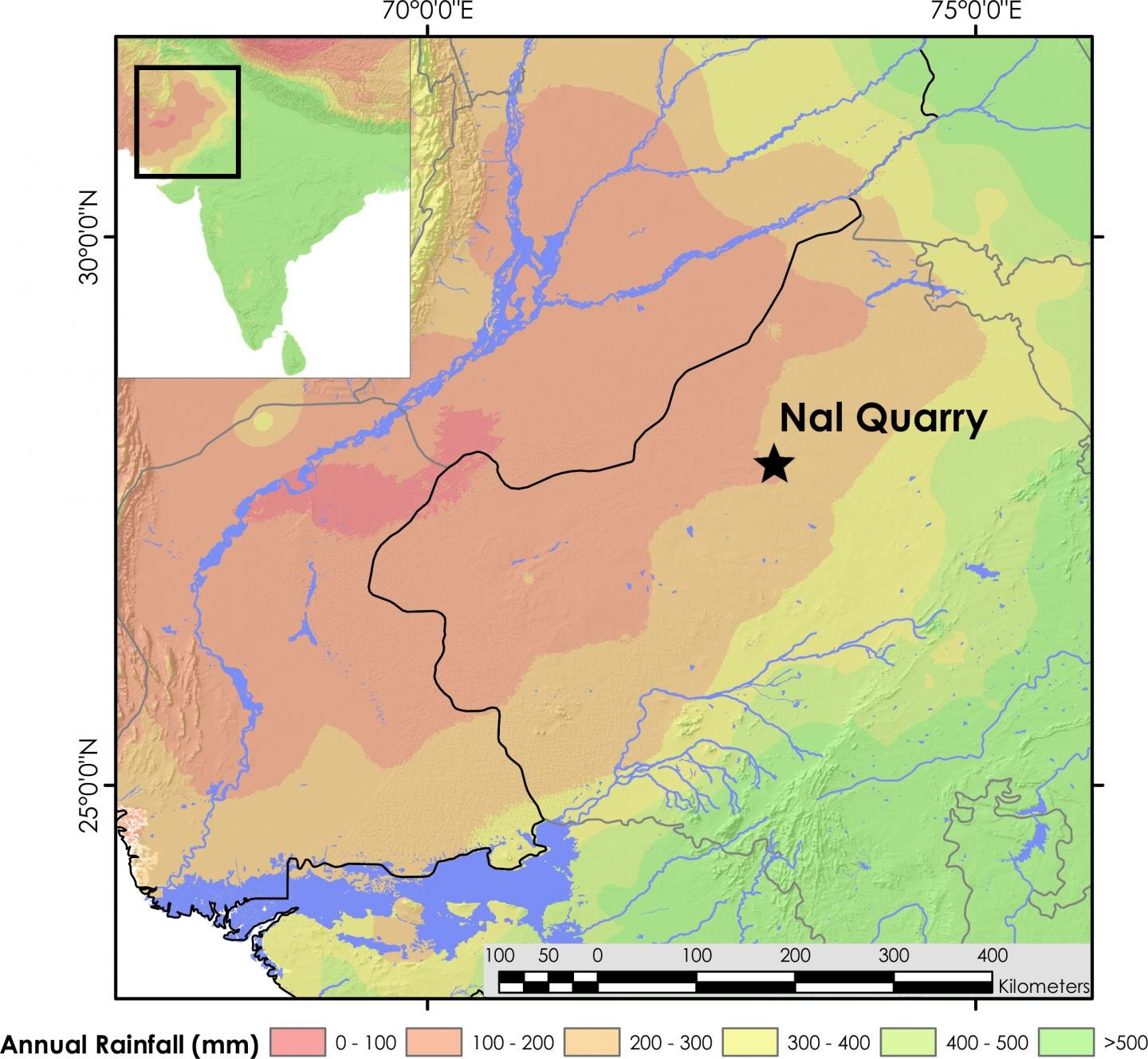


www.nature.com
